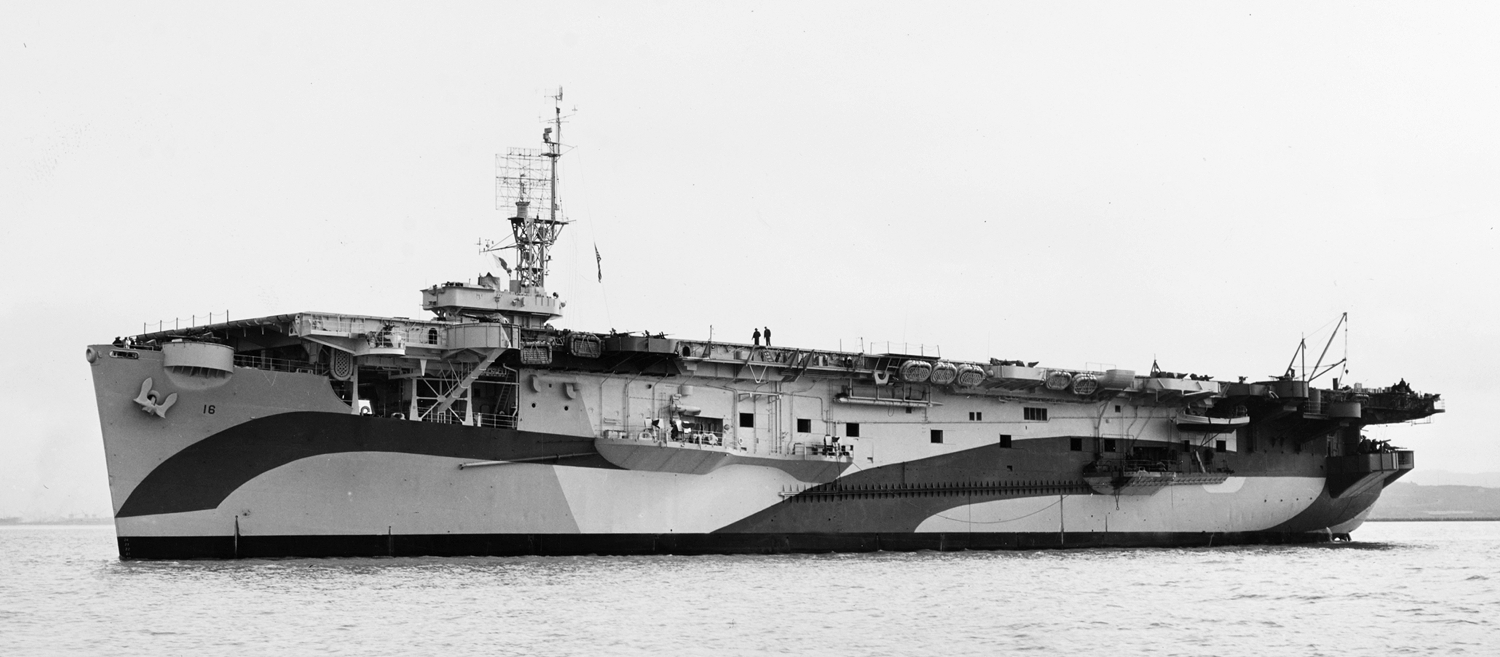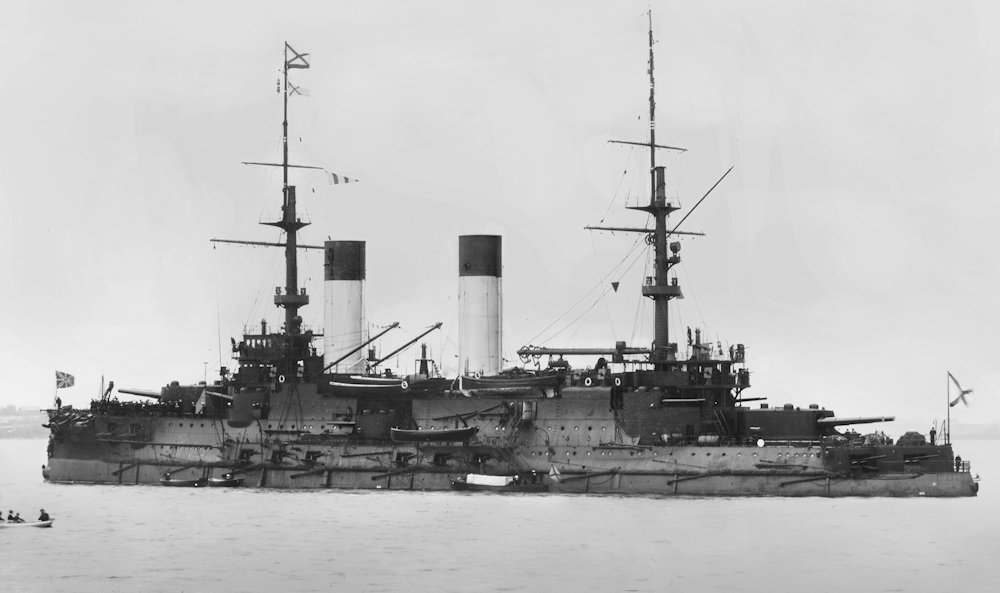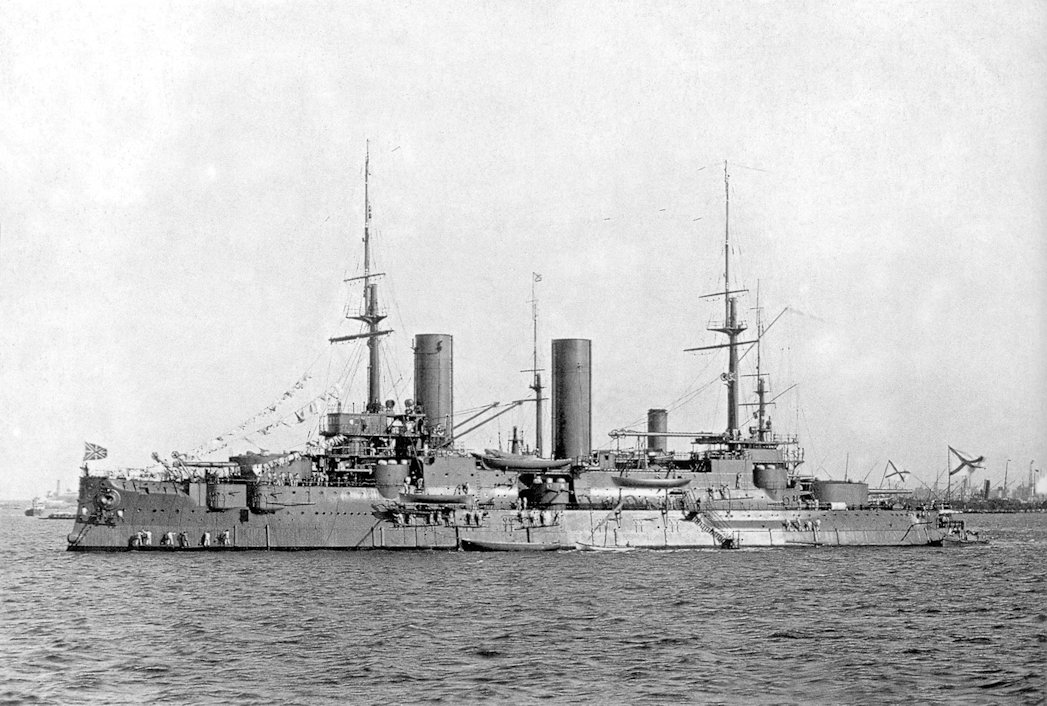Tag: naval
-
US Escort Carrier USS Nassau CVE-16

US Escort Carrier USS Nassau CVE-16 Originally classified as AVG-16, USS Nassau was reclassified as ACV-16 before her launch on 4 April 1942. Commissioned on 20 August 1942. Until April 1943 she operated as an aircraft transport in the Pacific. From 4 to 20 May 1943, she operated with Task Force 51, during which time… Read more
-
Russian Battleship Knyaz Suvorov

Russian Battleship Knyaz Suvorov Launched on 25 September 1902, Knyaz Suvorov was Borodino-class pre-dreadnought battleship built for the Imperial Russian Navy. Entering service in September 1904, she sailed a month later on 15 October 1904, with the Second Pacific Squadron to break the Japanese blockade of Port Arthur. The Japanese captured the port while the squadron… Read more
-
Russian Battleship Slava

Russian Battleship Slava Launched on 29 October 1903, Slava was a Borodino-class battleship of the Imperial Russian Navy. Not completed until October 1905, she was too late to be included in the ships sent to relieve the siege of Port Arthur, hence missing the Battle of Tsushima. She therefore avoided the fate of her four sisters,… Read more